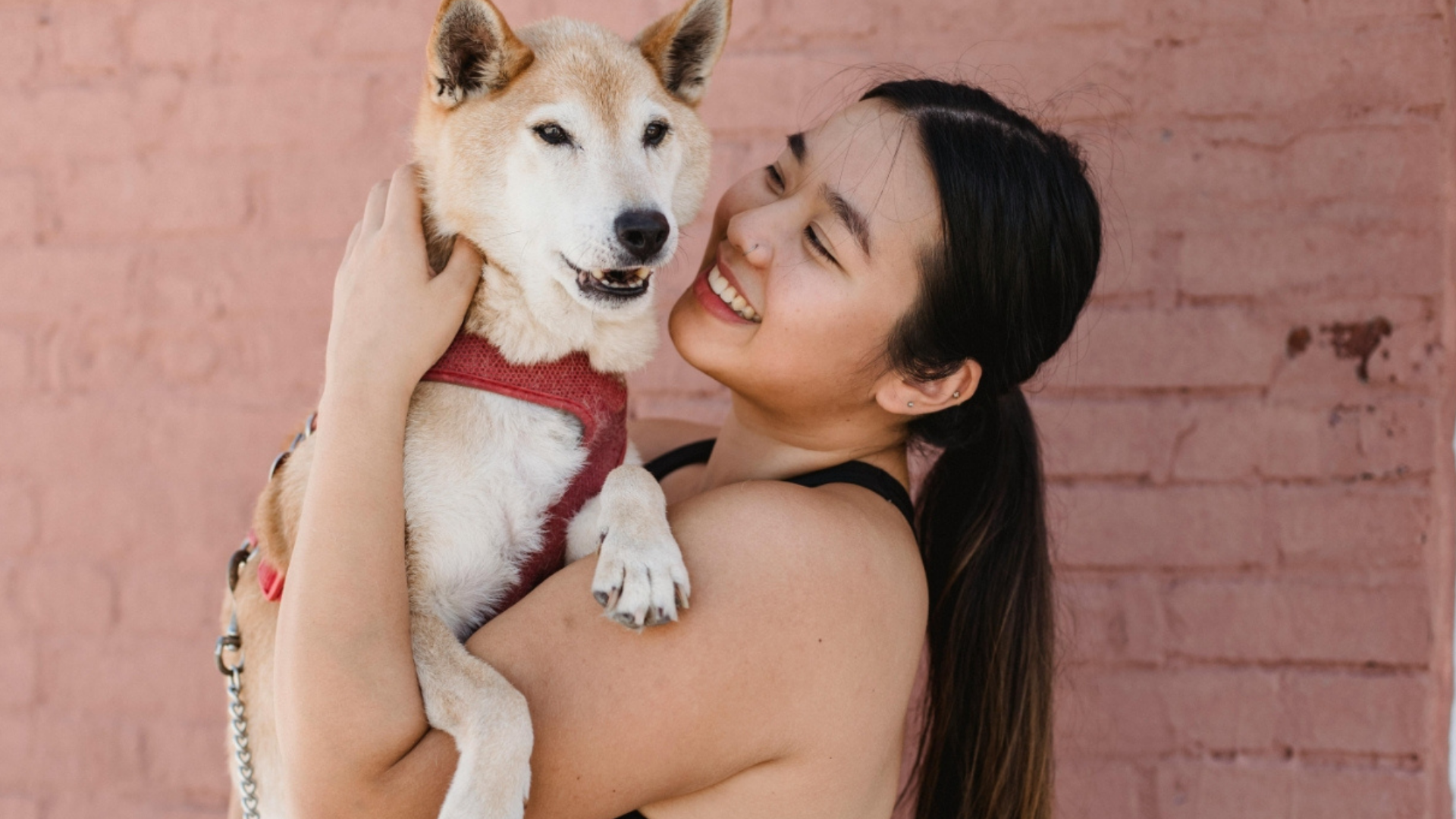Few things are as adorable as catching your dog in a full sploot—legs stretched straight back, belly flat on the floor, looking like a furry frog. But is splooting always just a funny, harmless habit, or could it sometimes signal an underlying health issue?
In this guide, we’ll break down:
✔ What splooting really means (and why some dogs do it more than others)
✔ When splooting is normal vs. when it’s a red flag
✔ How genetics may influence this behavior (Wisdom Panel’s latest research!)
✔ What to do if you suspect discomfort
What Is Splooting?
Splooting (also called "frogging") is when a dog lies flat on its belly with its hind legs stretched straight back. Some dogs even do a "half-sploot"—one leg tucked in, one extended.
This position might look silly, but it serves practical purposes:
✅ Cooling down – Pressing their belly against a cold floor helps regulate body heat.
✅ Stretching muscles – Especially after a long nap or play session.
✅ Comfort – Some dogs just find it relaxing!
When Splooting Is Normal (and Even Adorable!)
Most of the time, splooting is completely harmless—just a quirky habit. Some breeds, like Corgis, French Bulldogs, and Dachshunds, are especially prone to it due to their body structure.
Signs your dog is splooting happily:
🐾 They shift in and out of the position easily.
🐾 They seem relaxed (soft eyes, loose muscles).
🐾 They sploot occasionally, not constantly.
Fun fact: Wisdom Panel’s dog DNA test now includes a Behaviors feature, which analyzes genetic links to 15 different dog behaviors—including splooting! Some dogs are just hardwired to lounge this way.
When Splooting Might Be a Warning Sign
While often harmless, splooting can sometimes indicate discomfort or health issues, especially if it’s a new or frequent behavior.
Watch for these red flags:
⚠ Sudden increase in splooting – Could signal joint stiffness or pain.
⚠ Limping or trouble standing up afterward – Possible hip, knee, or spinal issues.
⚠ Reluctance to move out of the position – May indicate arthritis or injury.
Common conditions linked to problematic splooting:
-
Hip dysplasia (common in larger breeds like German Shepherds)
-
Arthritis (especially in senior dogs)
-
Spinal or nerve issues (e.g., IVDD in Dachshunds)
What to do:
If your dog shows discomfort, stiffness, or mobility issues, consult your vet. Early intervention can prevent worsening pain!
How to Tell If Your Dog’s Splooting Is Healthy
Play detective with these quick checks:
🔹 Test flexibility – Gently encourage them to stand. Do they move smoothly?
🔹 Monitor frequency – Occasional splooting = normal. Constant splooting = worth investigating.
🔹 Look for other symptoms – Licking joints, whining, or avoiding stairs? Time for a vet visit.
Pro Tip: If your dog loves splooting but you’re unsure, record a video to show your vet—it can help them assess movement patterns.
Final Verdict: Should You Worry?
For most dogs, splooting is just a cute, comfortable way to relax. But if you notice sudden changes, stiffness, or pain, it’s worth getting checked out.
Key Takeaways:
✔ Normal splooting = occasional, relaxed, no mobility issues.
✔ Concerning splooting = frequent, paired with stiffness or limping.
✔ Genetics may play a role – Some breeds (and individual dogs) are more prone to it!
Does your dog sploot? Share a pic in the comments!


Leave a comment